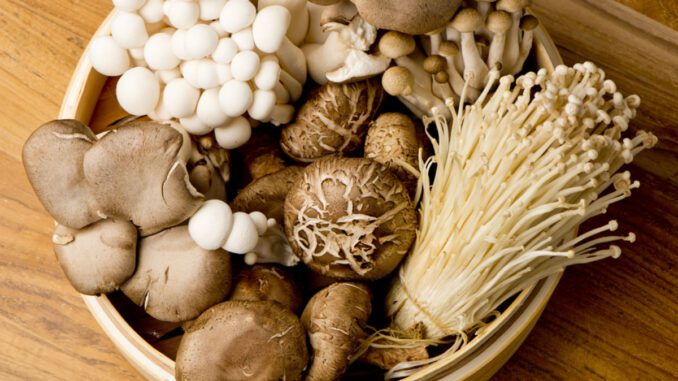The Ultimate Guide To Small-Scale Mushroom Farming | A Complete Guide to Profitable Mushroom Farming
The Ultimate Guide To Small-Scale Mushroom Farming
- Introduce the concept of small-scale mushroom farming.
- Highlight the growing interest in mushroom cultivation as a sustainable and profitable venture.
- Briefly outline what readers can expect to learn from the guide.
1. Getting Started:
- Exploring different types of mushrooms suitable for small-scale farming.
- Assessing market demand and potential profitability.
- Setting up a suitable space for mushroom cultivation.
2. Understanding Mushroom Cultivation:
- Overview of the mushroom life cycle and growth requirements.
- Choosing the right substrate for cultivation (e.g., sawdust, straw, coffee grounds).
- Selecting the appropriate cultivation method (e.g., indoor, outdoor, bag cultivation).
3. Mushroom Species and Varieties:
- In-depth profiles of popular mushroom species for small-scale farming (e.g., oyster, shiitake, lion's mane).
- Varieties within each species and their unique characteristics.
- Considerations for selecting the best species for your farm based on climate, market demand, and resources.
4. Setting Up Your Mushroom Farm:
- Designing and constructing growing environments (e.g., shelves, grow tents, humidity control).
- Sourcing equipment and supplies needed for cultivation (e.g., spawn, substrate, humidity meters).
- Implementing proper sanitation practices to prevent contamination.
5. Cultivation Techniques:
- Step-by-step instructions for inoculating substrate with mushroom spawn.
- Managing environmental conditions such as temperature, humidity, and light.
- Monitoring mushroom growth and troubleshooting common issues.
6. Harvesting and Post-Harvest Handling:
- Signs of readiness for harvesting mushrooms.
- Techniques for harvesting to maximize yield and quality.
- Proper handling and storage to prolong shelf life and freshness.
7. Marketing and Selling Your Mushrooms:
- Developing a marketing plan and identifying target markets (e.g., farmers' markets, restaurants, CSA programs).
- Creating branding and packaging that appeals to customers.
- Building relationships with buyers and establishing reliable distribution channels.
8. Scaling Up and Diversification:
- Strategies for expanding production and increasing profitability.
- Exploring value-added products such as dried mushrooms, powders, and extracts.
- Diversifying your mushroom farm to include other fungi or complementary products.
9. Regulations and Legal Considerations:
- Understanding regulatory requirements for small-scale mushroom farming (e.g., food safety, zoning, permits).
- Navigating licensing and certification processes.
- Compliance with organic or sustainable certification standards.
10. Troubleshooting and Resources:
- Common challenges and solutions in mushroom farming.
- Resources for further learning, including books, courses, and online communities.
- Networking opportunities and support networks for mushroom growers.

Comments
Post a Comment